
AeroGenie — あなたのインテリジェントな副操縦士。
現在のトレンド
Categories
Comlux America Expands Operations Amid Record Backlog
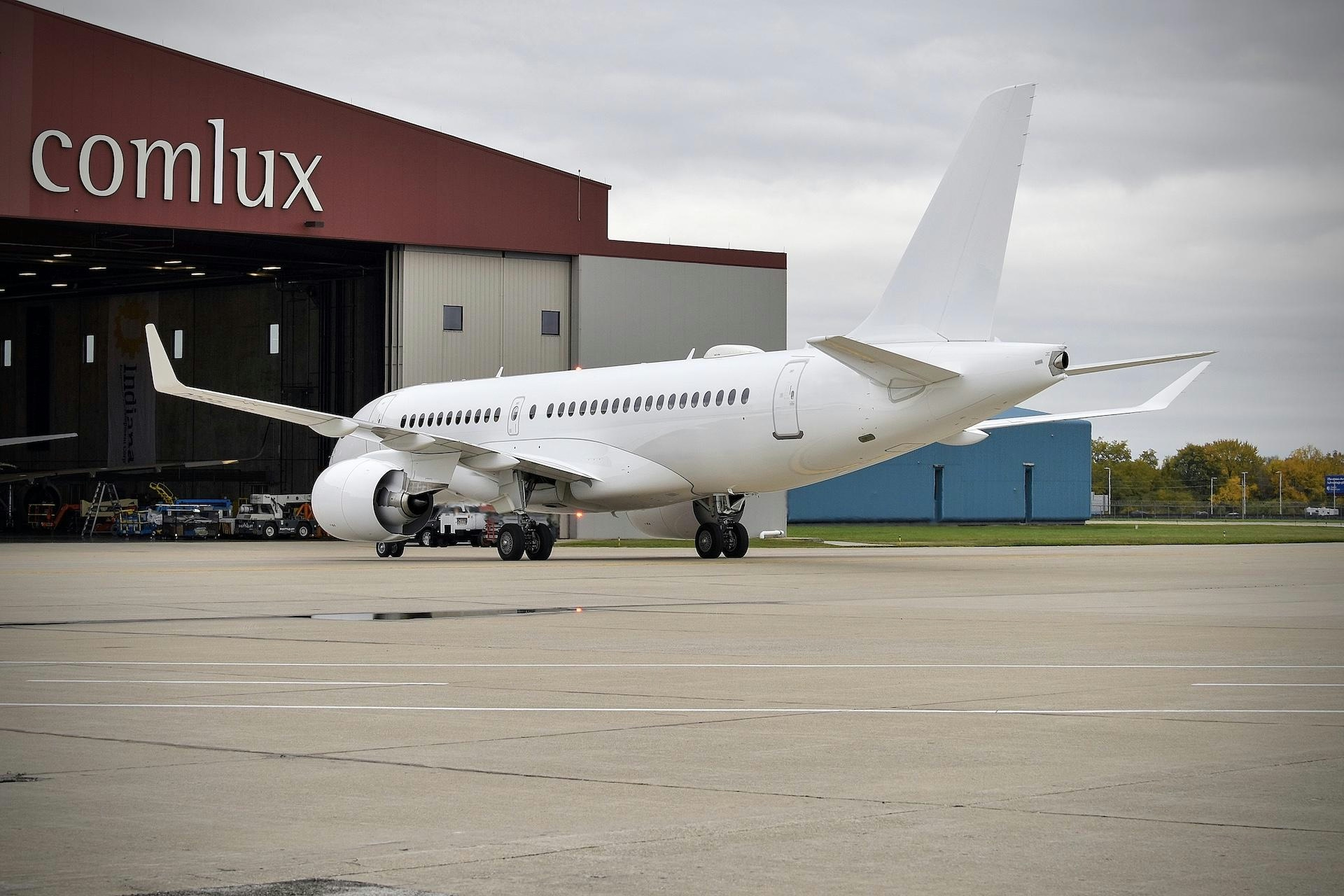
Comlux America Expands Operations Amid Record Backlog
Comlux America announced on October 15, 2025, a major expansion of its operations and workforce to address an unprecedented order backlog and anticipated industry growth. The company currently holds a backlog of 28 aircraft, comprising six A220s for Magnifica Air, four ACJ TwoTwentys, fifteen A321 NEOs, and three A320 NEOs. This diverse portfolio highlights strong demand across multiple aircraft platforms. Recent collaborations, including those with Magnifica Air and new orders from Bombardier for its Global 8000 business jet, further demonstrate robust industry confidence in Comlux’s services.
Strategic Infrastructure Expansion
To meet the increasing demand, Comlux America has forged a strategic partnership with the Indianapolis Airport Authority aimed at expanding its hangar capacity and operational footprint. The expansion plan involves the addition of two new hangars by the first quarter of 2026, which will provide four additional narrowbody bays. A subsequent phase, scheduled for completion by the end of 2026, will add four more bays dedicated to narrowbody programs. These infrastructure enhancements are intended to increase Comlux’s capacity and operational flexibility, enabling the company to efficiently manage a growing portfolio of VIP completions alongside Maintenance, Repair, and Overhaul (MRO) projects.
While the expansion presents significant opportunities, it also introduces challenges related to scaling operational capacity, maintaining stringent quality control across a variety of aircraft modifications, and mitigating potential supply chain disruptions.
Workforce Growth and Industry Impact
In conjunction with its facility expansion, Comlux America is significantly scaling its workforce. The company’s employee base grew by 20% in 2025, with plans for an additional 20% increase in 2026. The Comlux Production Center has doubled its staff this year and expanded its operational space from 12,000 square feet (1,115 square meters) to over 26,000 square feet (2,415 square meters), positioning the company to handle the anticipated surge in workload.
Adam White, CEO of Comlux America, emphasized the importance of these developments, stating, “The strength of our backlog and the expansion of our facilities and capabilities are central to Comlux’s next phase of growth. It’s also a key factor in bringing new investors on board. Their confidence reflects the resilience and scalability of our business model as we continue to serve a global client base.”
The company’s expansion has attracted heightened investor interest, driven by its growing order book and strategic industry partnerships. This momentum may prompt competitors to accelerate their own growth initiatives or enhance service offerings to maintain market share.
The Government of Indiana has expressed strong support for Comlux America’s growth and job creation efforts. Mike Speedy, Secretary of Business Affairs for the State of Indiana, remarked, “Indiana is proud to support Comlux America as it continues to expand its footprint and highly skilled workforce in Indianapolis. Their investment underscores our state’s leadership in advanced aviation and strengthens our partnership with the global aviation industry.”
As Comlux America continues to invest in its people, facilities, and capabilities, it remains committed to maintaining its leadership in VIP completions and MRO services, while enhancing its competitiveness in a rapidly evolving market.

Archer Aviation Expands Partnership with Korean Air

Ghana's Century Aviation Plans Air Taxi Service with C408 Aircraft

Understanding Wet-Leasing Following Emirates Cargo Plane Incident in Hong Kong

Archer Aviation’s Air Taxi Certification Delayed, Passenger Flights Deferred to 2026
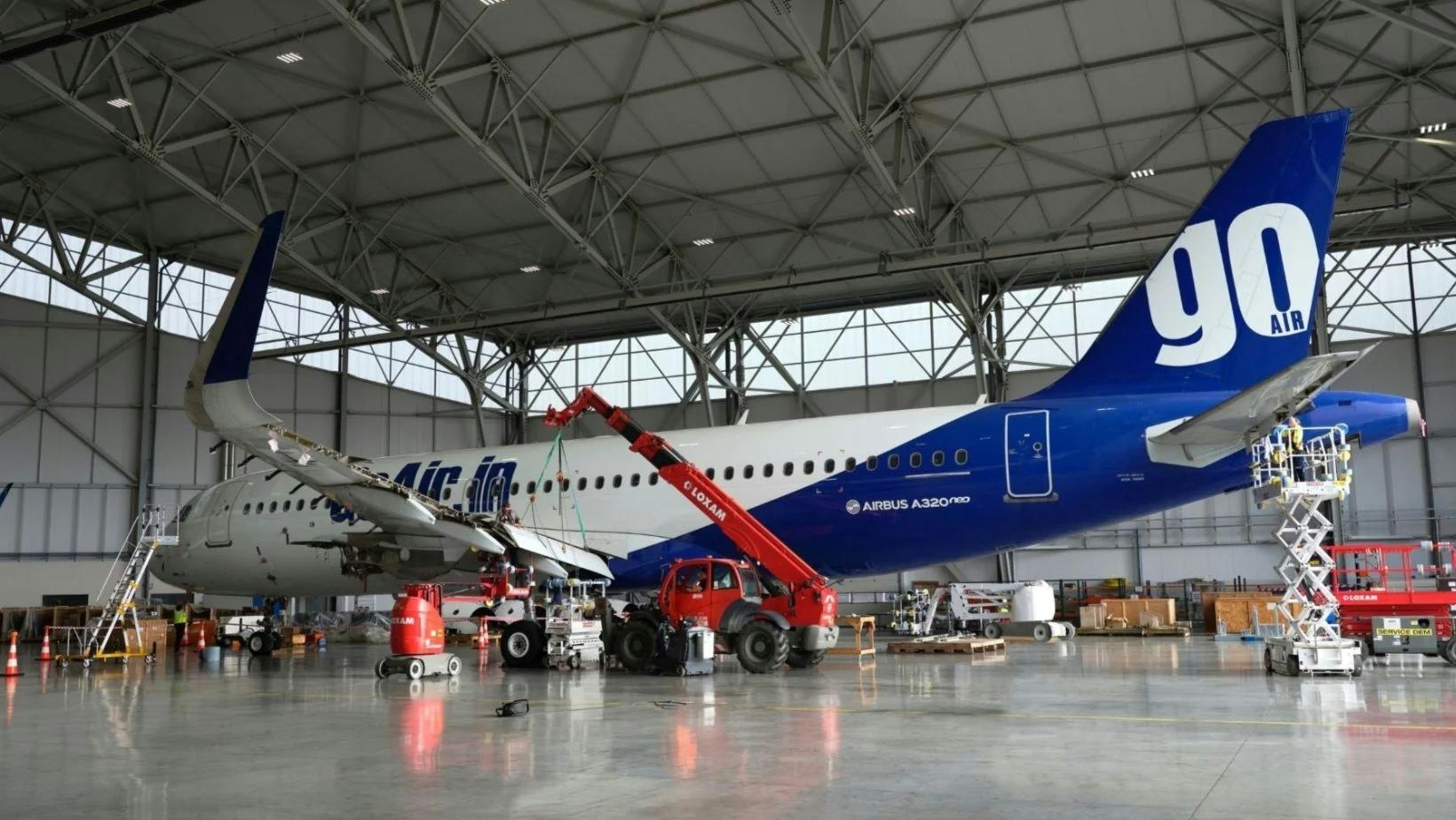
AerFin Conducts First A320neo Teardown in the Philippines
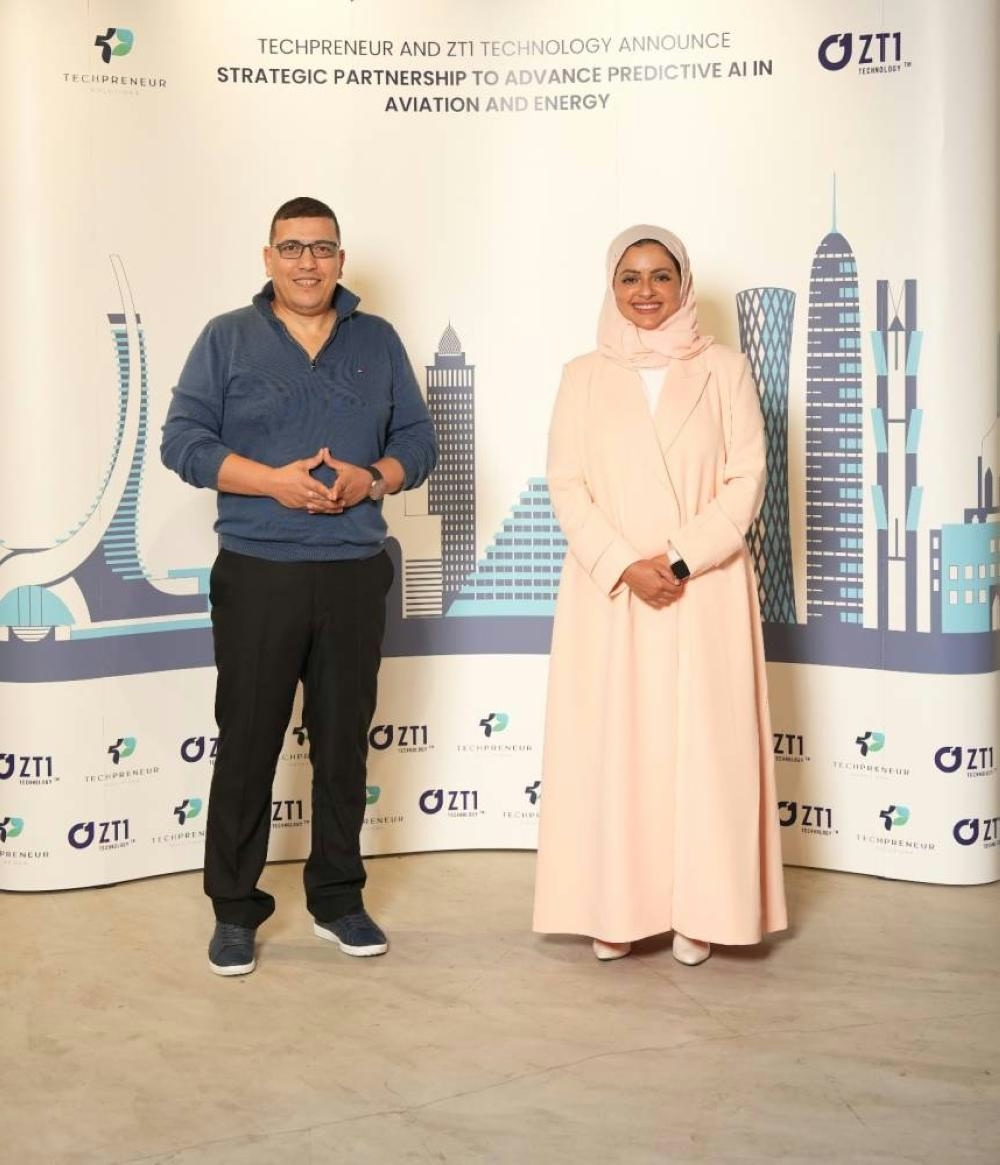
TechPreneur and ZT1 Launch AI-Optimized Electrification Platform for Aviation and Energy

Web Manuals simplifies AI adoption for business aviation
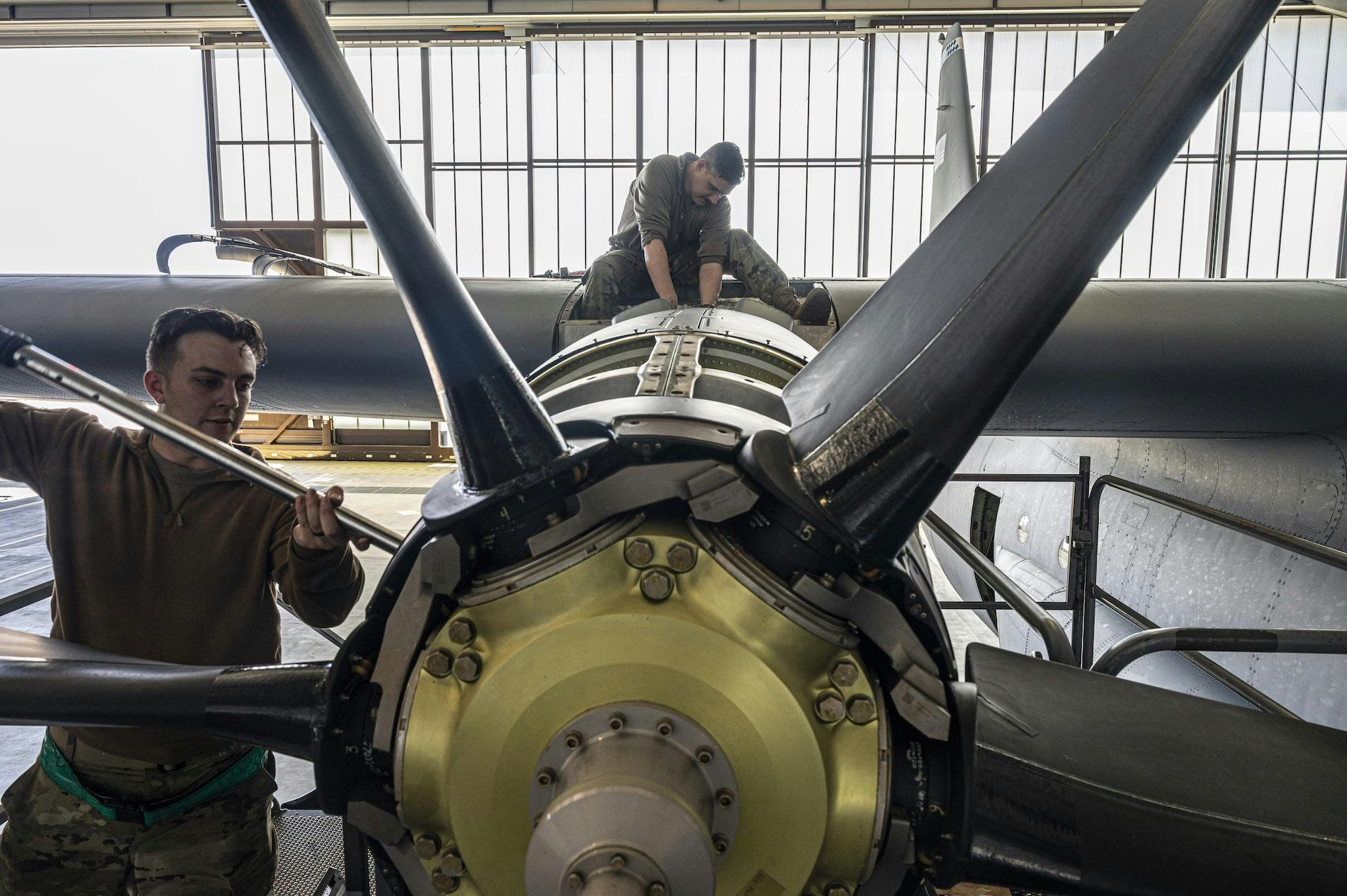
Predictive Maintenance and Its Impact on Aerospace and Defense
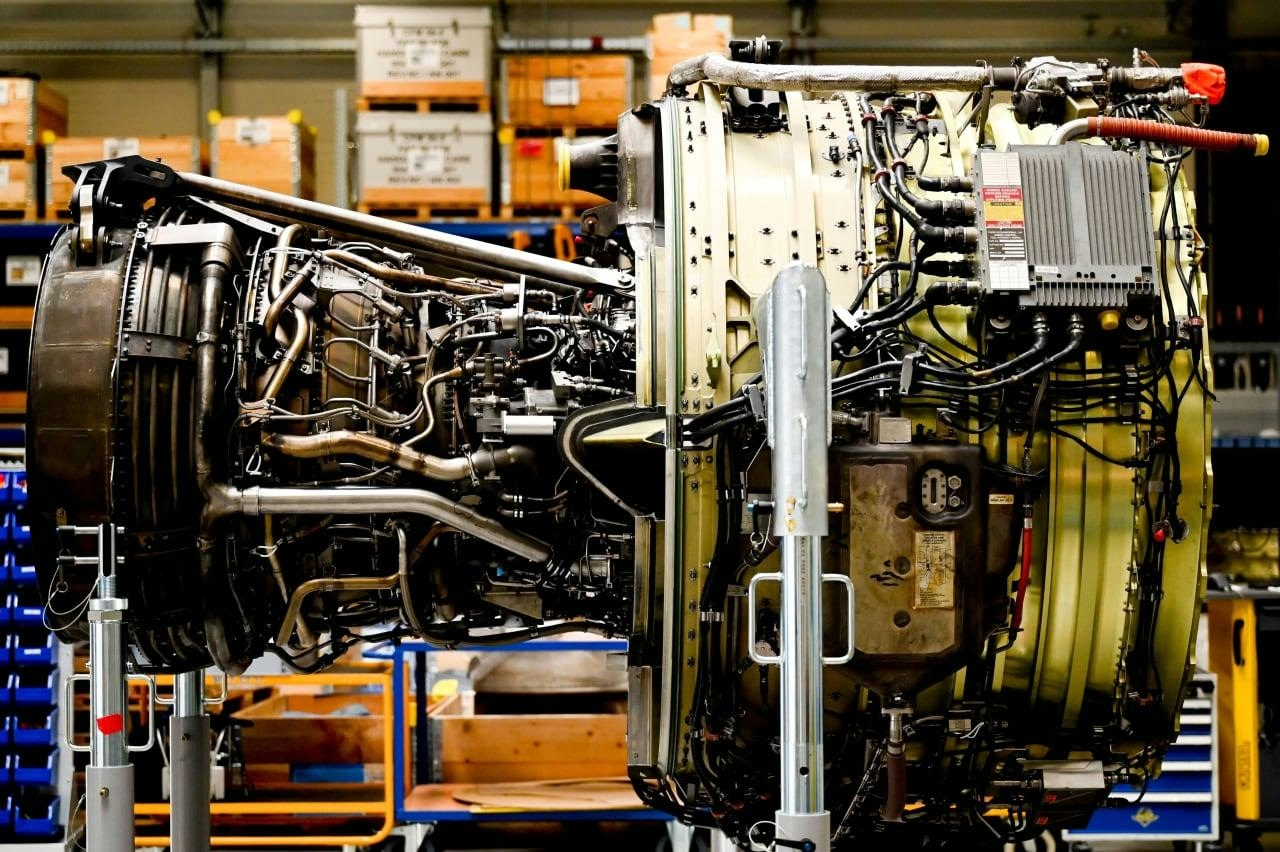
Engine Shortages Ground New Aircraft Production
